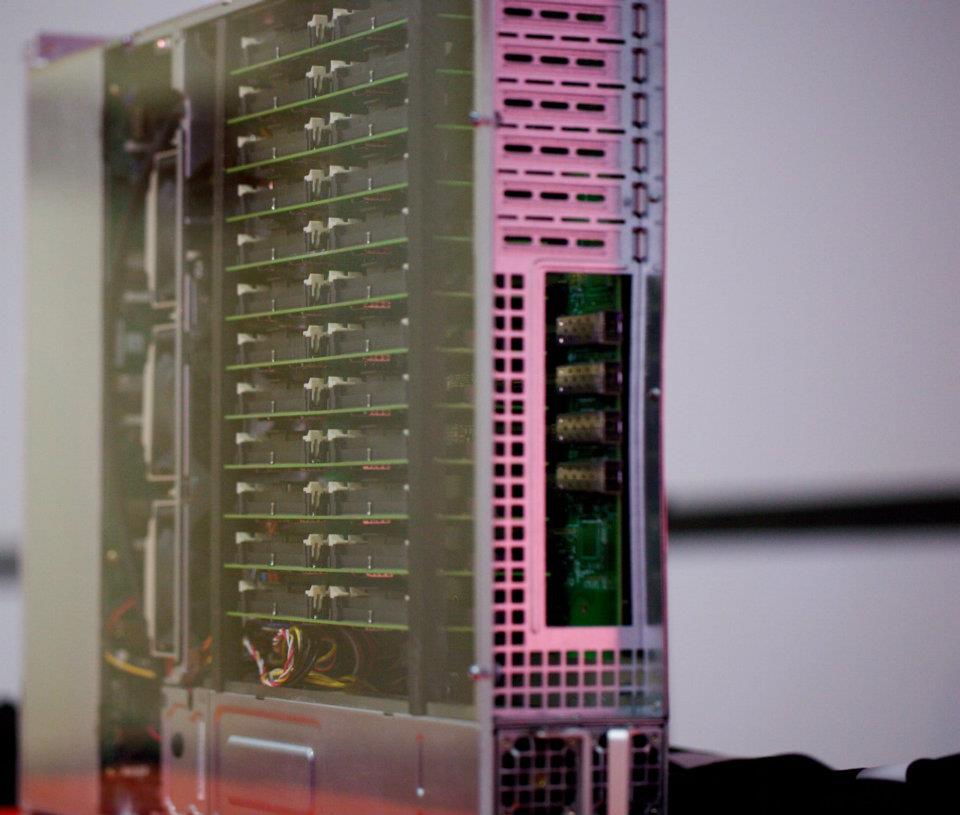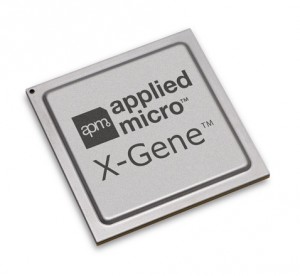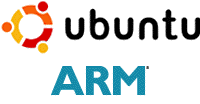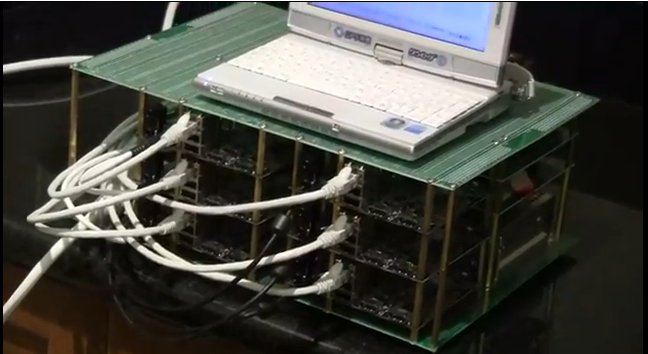Intel had their annual Investor meeting day on the 10th of May 2012 in Santa Clara where we would learn a few things about what’s ahead for Intel and the semiconductor industry. Paul Otellini, Intel President and Chief Executive Officer, started the meeting by giving some numbers about Intel results and showing opportunities existing for cloud and data center, personal computing, mobile devices and intelligent systems (for automotive, retail and communications markets). One interesting point was the tremendous growth in data Intel expects from 2,500 Exabytes per year (7 EB/day) today to 8,000 Exabytes by 2015 which the majority of the growth lead by Big data. He also boasted about Intel technology advantage. For example, Intel introduced High-K Metal Gate technology in 2007 and competitor only got it in products last year (btw Samsung Exynos 5 uses HKMG). They recently introduced Tri-gate technology and they only expect competitors to catch […]
This is What a Calxeda 192-Core ARM Ubuntu 12.04 Server Looks Like
Last November, Calxeda announced its 32-bit ARM Chip for servers, and now there are been some good progress as Calxeda is currently showcasing a 192-core ARM Server running Ubuntu 12.04 LTS Server edition at the Ubuntu Developer Summit in Oakland, California. The server showcased has 192 cores (48 Calxeda EnergyCore quad core Cortex-A9 processors), consumes less than 300 Watts, supports up to 24 SATA drivers and runs Ubuntu 12.04 with OpenStack’s cloud management infrastructure. Karl Freund, Calxeda Vice President of Marketing said that the Calxeda server is running “a standard LAMP stack (running Calxeda’s website) along with other popular web frameworks such as node.js and Ruby on Rails, provisioning of OpenStack Nova compute instances, and even Canonical’s Metal-as-a-Service bare-metal provisioning.” The company also explained that a complete native build of the Ubuntu 12.04 kernel took less than an hour to build on a single node, 4 times faster than the […]
AppliedMicro Unveils ARMv8 64-bit Apache 2 Implementation for X-Gene SoC
Last year, Applied Micro announced their Gene-X 64-bit ARMv8 core at ARM Techcon 2011, and showed a minimal demo based on Xilinx Virtex-6 FPGA booting Linux ARM 64-bit to the command line. Since then, the company has made progress and just announced the availability of an Apache 2 web server implementation on their 64-bit ARMv8 X-Gene Server-on-Chip. This is the very first implementation of a fully-functional server platform running a real-world application on 64-bit ARM-based processor, said Vinay Ravuri, Vice President and General Manager of Processor Products at AppliedMicro. The platform is now capable of running a full LAMP (Linux, Apache, MySQL and PHP) software stack. Back in 2011, the company announced ARMv8 support for Linux would be developed by Redhat and be available in Fedora. This 64-bit ARM web server implementation enable OEMs, ODMs, Cloud Service Providers, Independent Software Vendors and other development partners to conduct early stage performance benchmarking and […]
The Past, Present and Future of Ubuntu for ARM
David Mandala of Canonical talked at Linux.Conf.Au on 18th of January 2012 about Ubuntu for ARM and the move from netbook to server support. You can read my notes below, or jump at the end of this post to watch the presentation. The Past 2008: Ubuntu decides to only support ARMv7 architecture vs. Debian that supports ARMv4 and above. 2009: Ubuntu release for Freescale i.MX51 (ARMv5 built), and then Marvell ARMAVA with ARMv6 and VFP (ARM floating point unit) support. 2010: April (10.04) The first ARMv7 release for OMAP3 (Beagleboard) with VFP, Thunb2, NEON and SMP for ARM and first netbook edition October (10.10) Pandabord (OMAP4) release with initial device tree support for ARM. Starts work with Linaro. 2011: 11.04 (5th release) – Supports OMAP3 and OMAP4 only. The netbook edition is using Qt, further improvement to device tree, further work with linaro and on the way to the Unified […]
Pandaboard Cloud Cluster Running Google App Engine
Noritsuna Imamura showed an ARM cloud cluster built with 6 Pandaboards at Linaro Connect Q4.11. Noritsuna is a member of the Open Embedded Software Foundation (OESF), a Japanese organization that support Open Source embedded software. The cluster is made of 6 panda boards with a total 6 GB of RAM (1GB per board) that runs the Google App Engine (http://code.google.com/appengine/) in Ubuntu/Linaro 11.09 release. The middleware used is TyphoonAE, a full-featured and productive serving environment to run Google App Engine (Python) applications. This type of server hosts web applications such as Rietveld (used in the demo below) to be run on (thin) clients. There are also plenty of other software (required by Google App Engine) that runs in this ARM cloud such as MySQL, Apache2, memcached and more. In the video, a power meter shows that the cluster consumes about 35 W in low activity mode. Norisuna had a comparison […]
ARM Based Embedded Server – Marvell ARMADA XP
A few years ago, nobody would have considered using an embedded system to run a server. But now, with the advance of technology, more and more servers are running embedded systems from the lower end such as home-based NAS (Network Access Storage) to higher-end for data-centers, cloud computing, web 2.0… This is the higher-end that Marvell targets with its Quad Core ARM ARMADA XP MV78460 running at 1.6GHz with “16,600 DMIPS performance at less than 10 watts”. Please checkout Marvell ARMADA XP Product Brief for further details. The main selling point of such solution is the power consumption compared to traditional Intel x86 based servers. According to Marvell, 50% of the cost of running a data-center is the electricity bill to run the server and especially to cool the room with air-conditioners. So let’s do a little exercise. Let’s take the estimated power consumption of Google data-center in Oregon that […]







